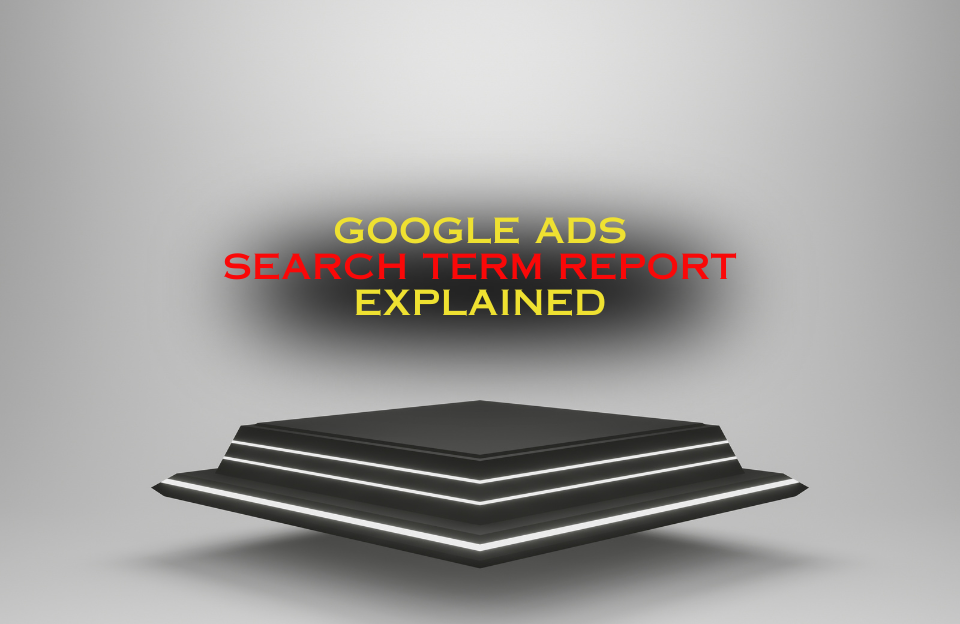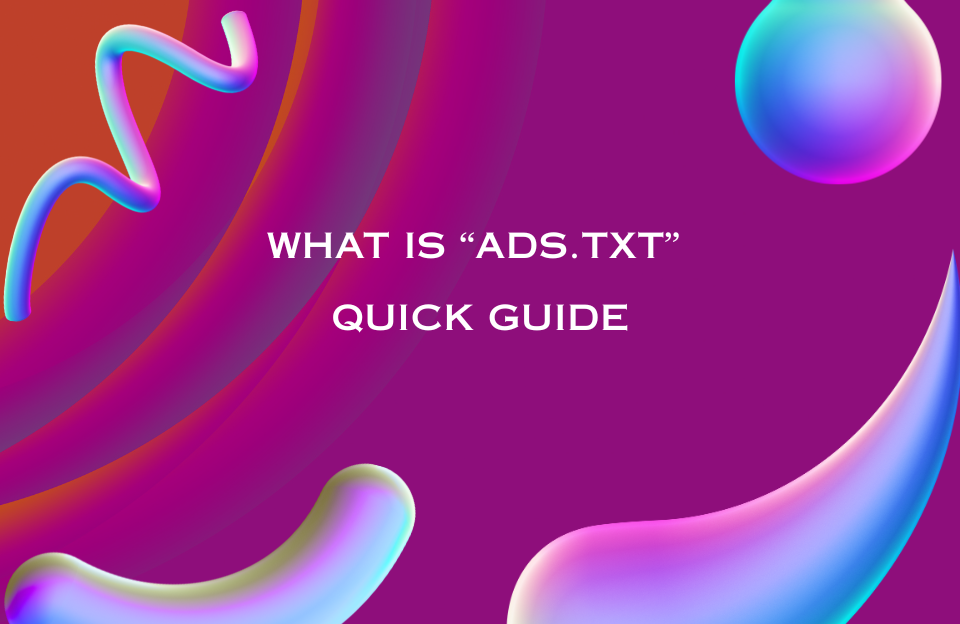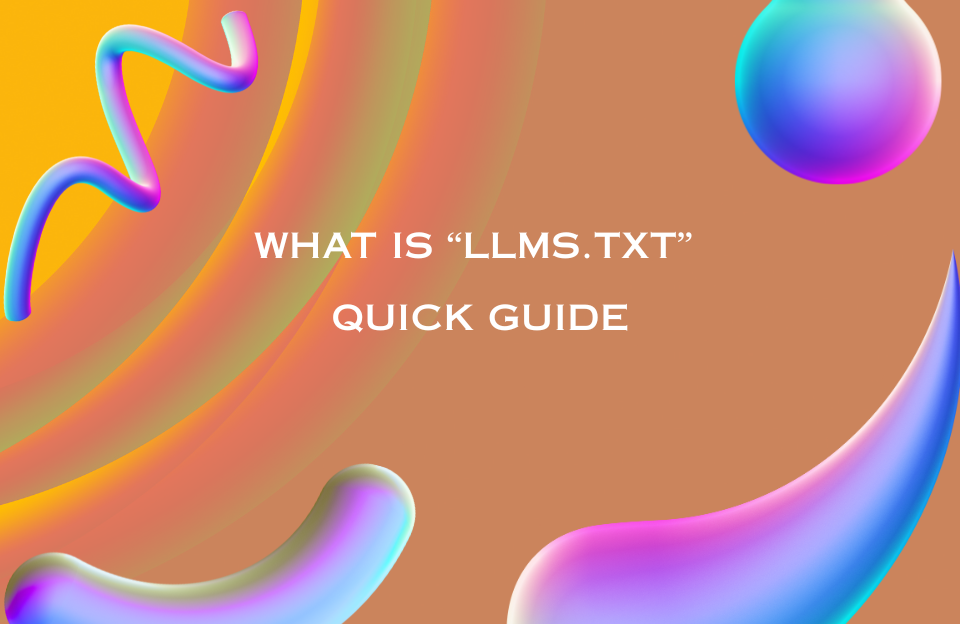In a digital landscape filled with fleeting content and clickbait headlines, explainer guides stand out as reliable, evergreen resources. These in-depth educational pages not only help your audience understand complex topics, but also position your brand as an authoritative voice in your industry.
What Are Explainer Guides?
Explainer guides are long-form content pieces that aim to break down complex subjects into clear, structured, and accessible formats. They’re often written to answer specific questions, solve recurring problems, or provide a detailed how-to on a product, process, or concept. Unlike short blog posts, explainer guides are comprehensive by design—they anticipate related queries, define key terms, and often use diagrams or visuals to improve clarity.
Why Explainer Guides Are Powerful for SEO
Well-written explainer guides serve a dual purpose: they educate users and support your organic search efforts. Here’s how they help with SEO:
- Keyword Breadth: A single guide can target multiple related keywords, increasing its visibility for both broad and niche searches.
- Increased Dwell Time: Detailed content keeps visitors engaged longer, sending positive signals to search engines.
- Link Building Potential: Other sites are more likely to link to comprehensive resources, which builds domain authority.
- Opportunity for Featured Snippets: If structured well using lists, tables, or clear definitions, explainer guides can appear in Google’s answer boxes.
- Internal Linking Hub: These guides can serve as cornerstone content, linking out to deeper or related articles across your site.
Core Elements of a Strong Explainer Guide
A truly effective explainer guide goes beyond word count. Here’s what it should include:
- A Clear Purpose: Focus on a specific problem or topic your audience is actively seeking to understand.
- Strong Formatting: Use semantic HTML5 tags like
<section>,<article>, and descriptive headings to structure the guide. - Multimedia Elements: Include charts, annotated screenshots, embedded videos, or downloadable resources to support different learning styles.
- Actionable Advice: Break down solutions into step-by-step formats so readers can apply what they learn.
- SEO Optimization: Implement meta tags, alt texts, and structured data to enhance discoverability.
- Updated Information: Keep your guide fresh with the latest stats, tools, or recommendations.
Real-World Examples of Explainer Guides That Work
Ahrefs – “How to Do Keyword Research for SEO”
Ahrefs combines data, visuals, and use cases into one robust guide that not only ranks well but also supports their tool’s core value proposition.
Notion – “What Is a Second Brain?”
Notion uses explainer content to show how its app can support productivity frameworks. They blend storytelling with how-to content and visual demonstrations.
Canva – “How to Create a Brand Kit”
Canva’s guide walks users through the creation of brand kits using its own platform. It’s both a tutorial and a conversion tool in one.
Zapier – “What Is Automation?”
This explainer positions Zapier as a go-to resource for people new to automation. It introduces terminology, offers examples, and links to specific use cases.
When Should You Create an Explainer Guide?
Consider investing in an explainer guide when:
- You notice repeated customer questions on a specific topic.
- There’s a high-volume search term you can provide expert insight on.
- You want to create cornerstone content for a service or product category.
- You aim to build topical authority around a specific niche.
- Your competitors lack high-quality educational content in the same area.
Distribution: Don’t Just Publish and Pray
Creating an explainer guide is only half the work. To maximize its impact:
- Share it through your newsletter or marketing automation sequences.
- Repurpose sections into carousels or slides for social media.
- Turn parts of the guide into short-form videos or webinar content.
- Link to it in relevant blog posts and product pages.
- Use it as a lead magnet with gated extras (e.g., checklists or templates).
Common Mistakes to Avoid
Even well-intentioned brands can miss the mark with explainer content. Watch out for:
- Overly Technical Language: Write in clear, simple language unless your audience demands high expertise.
- Walls of Text: Break content into readable chunks with bullet points, subheadings, and visuals.
- Outdated Content: Always date your guide and revisit it every 6–12 months for updates.
- Too Much Promotion: Educate first. Any product mentions should be natural, not salesy.
- Ignoring Search Intent: Use SEO tools and SERP analysis to align with the reader’s expectations.
How Explainer Guides Fit Into a Larger Content Strategy
Think of explainer guides as the foundation of your content ecosystem. They anchor your internal linking structure, provide content to repurpose, and give your sales or support team valuable reference material to share with leads or clients. In content marketing terms, they are the “evergreen assets” that grow in value over time.
You can also map explainer guides to different stages of the buyer journey. While most are top- or middle-funnel content, they can gently nudge readers toward deeper exploration of your solutions—especially if you include calls-to-action like “Learn more,” “Try it for free,” or “Download the full toolkit.”
Conclusion
Explainer guides are more than just detailed blog posts—they’re strategic assets. Done right, they clarify, educate, and empower. For brands looking to earn trust, rank higher, and build real value through content, explainer guides are essential. Not only do they solve complex problems for readers, but they also deliver long-term SEO and brand-building benefits.




